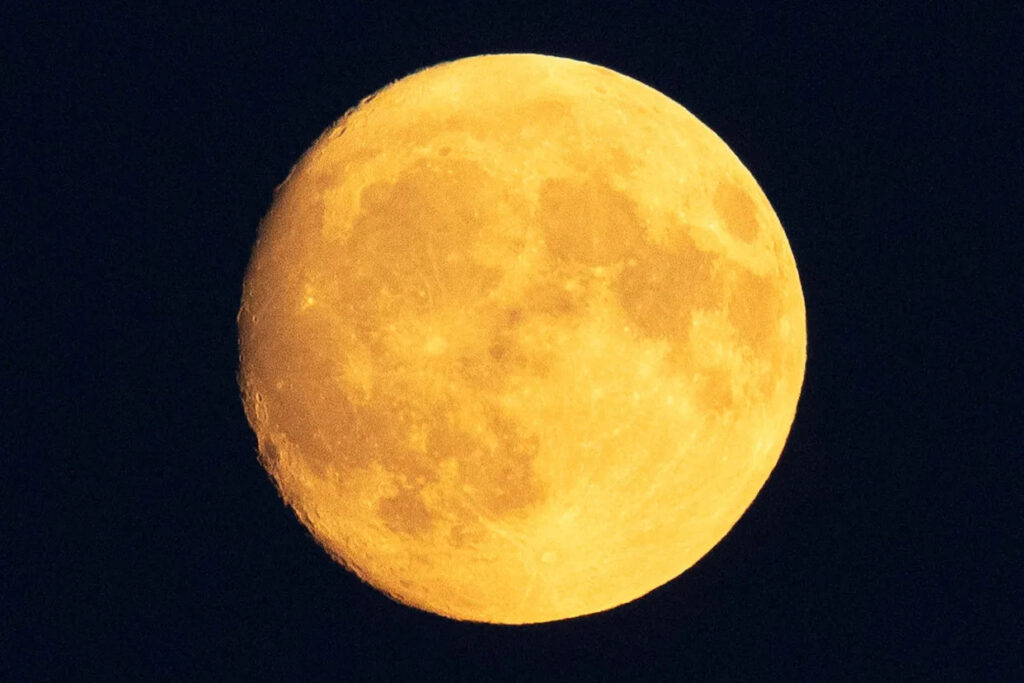
The Full Moon in July: A Celestial Highlight
The full moon of July, often referred to as the “Buck Moon,” holds significant cultural and astronomical importance. It gets its name from the time of year when male deer begin to grow their new antlers, which reminds observers of the cycle of nature as summer reaches its peak. This year, the full moon occurs on July 3rd, making it an ideal time for skywatchers to appreciate this celestial event.
Historical and Cultural Significance
Throughout history, different cultures have celebrated the July full moon for various reasons. Indigenous communities in North America linked the full moons to seasonal changes, using them to mark important activities, such as hunting and planting crops. For many, the Buck Moon symbolizes renewal and growth, paralleling the vibrancy of summer.
Eye-Catching Events
This year’s full moon aligns with other astronomical phenomena, including a penumbral lunar eclipse that will occur shortly after the full moon reaches its peak. While the eclipse may not be as visually striking as a partial or total eclipse, it provides a fantastic opportunity for enthusiasts to engage with astronomy. Moreover, the warm summer nights create a perfect setting for skywatching, allowing families and friends to gather outside and share the experience together.
How to Observe
For those interested in observing this year’s Buck Moon, the best viewing times are during the night of July 3rd and into the early hours of July 4th, when the moon will be at its fullest. Finding a location free from urban light pollution will enhance visibility, allowing observers to appreciate the moon’s features, such as craters and maria.
Conclusion: Embracing Nature’s Cycles
The full moon in July offers not only a stunning natural display but also a chance to pause and reflect on the cycles of nature. As more people become interested in astronomy, events like the July full moon help inspire a deeper appreciation for the universe. Skywatchers are encouraged to take the time to enjoy this celestial event and connect with the natural world around them.



